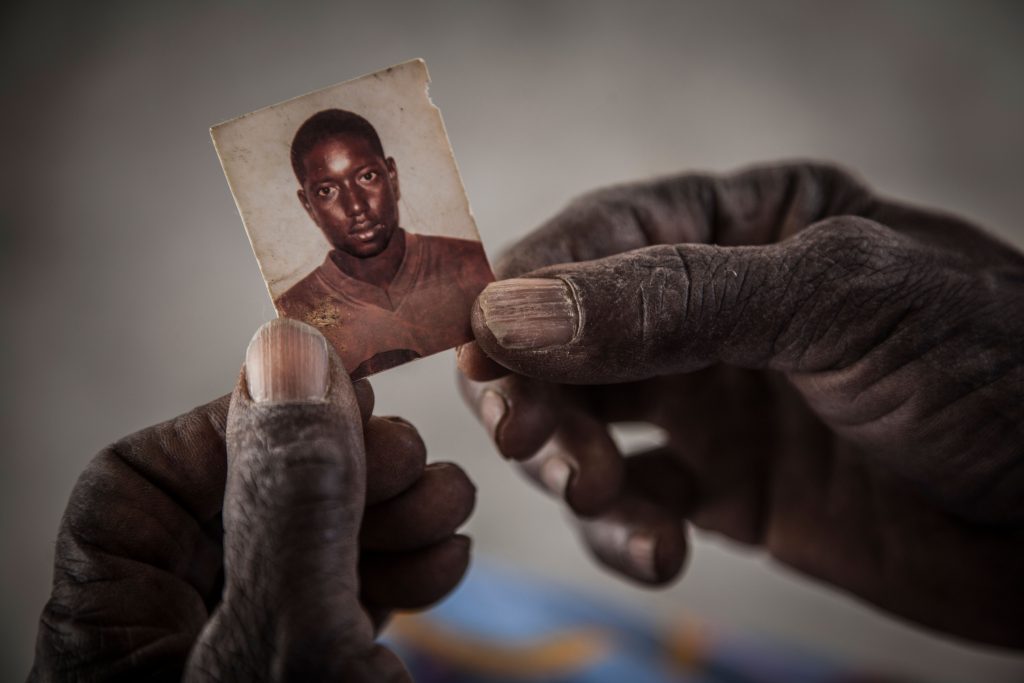30 August 2022

This horrifying figure* – equivalent to the capacity of an ocean liner, or a football stadium stand – represents only documented cases. The actual number of people missing along the migratory route to Europe is much higher. Since 2014, tens of thousands of migrants have disappeared, never to be heard from again. Their families must endure the daily pain of waiting for news, clinging on to hope.
As long as people are forced to risk their lives on dangerous migratory routes, the human toll will continue to rise.
* Figures of the Missing Migrants Project,International organization for migration (IOM)
Loss of contact: five main reasons
● Loss of mobile phone or password
● Loss of contact details of the family or loved ones
● Families separated at borders
● Detention
● Death
Is he dead or alive? The endless waiting, coupled with the mixture of hope and worry that families of missing people experience, constitute what psychologists describe as “ambiguous loss”. Without proof of what has happened to their loved ones, people cannot begin to grieve. No matter how much time has passed, families need support and answers to mentally recover and start to move on. It is primarily the responsibility of States to provide answers to families.
What families of the missing go through:
● Psychological pain due to ambiguous loss and impossibility to grieve
● Risk of poverty
● Life at a standstill (inheritance problems, legal hurdles, impossibility to remarry)
For more than 150 years, the International Committee of the Red Cross and the National Red Cross and Red Crescent Societies have been helping to locate people separated by armed conflicts, natural disasters or along migratory routes, and to put them back in touch with their loved ones. The Restoring Family Links service aims to prevent people from going missing, to help families keep in touch through phone calls and the exchange of messages, to trace missing people and to provide support to families.
In response to the growing number of people going missing on migratory routes, a specific online tool was created in 2013. Trace the Face aims to help people looking for relatives who have gone missing, or from whom they have become separated, along the migratory route to Europe. On average, one family a week is reunited thanks to the Trace the Face website.
The Red Cross and Red Crescent aim to help to clarify the fate of missing people and provide answers to their families. There is nothing more moving and rewarding than the joy of a family finally being reunited. While there is nothing more difficult than breaking the news that a loved one is never coming back, it does at least enable families to grieve and begin to move on.
In order to help even more families, we need to raise awareness of our Restoring Family Links service and its importance. Here is where you can help. The task is straightforward: you can spread the word about our work and promote with us a welcoming Europe, building on unprecedented solidarity.